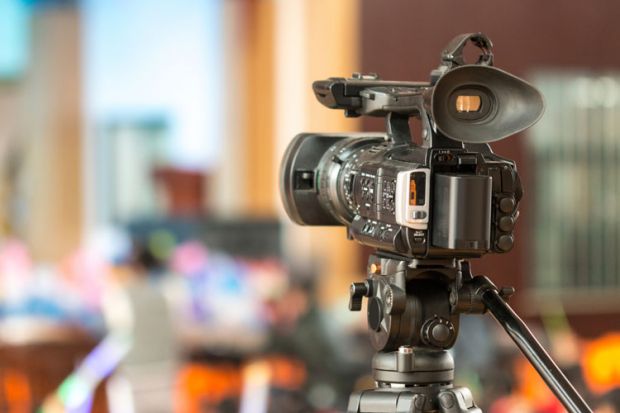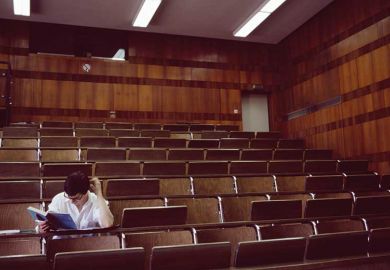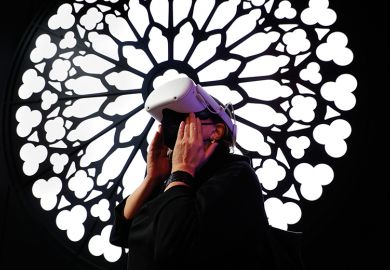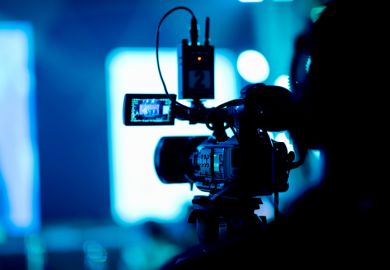One of the biggest studies of its kind to date has concluded that although the introduction of lecture capture does lead to reduced attendance, academics must accept that students see it as a valuable part of the learning experience.
Video recording of teaching is now common on most Western campuses, but it remains a contentious issue for some academics, who have raised concerns about issues ranging from intellectual property rights to the use of footage to undermine industrial action, as well as the impact on students’ attendance.
Efforts to get a clear answer on the last point have often been thwarted by the use of self-reported attendance data and by small sample sizes. But new research conducted at the University of Leeds draws on data across a whole institution following the installation of lecture capture technology and finds that the availability of video footage does cause a drop in attendance.
The paper, published in Computers & Education, says that although attendance at lectures that were not recorded was 85.7 per cent, this dropped to 81 per cent when videos were available.
In a survey of staff, 53.6 per cent of respondents agreed that lecture capture encouraged poor attendance.
However, the study also surveyed 1,734 students about their views on lecture capture and found that they made significant use of lecture recordings, especially for note taking, clarification and assessment preparation.
While the main reason students gave for watching a recording was missing a lecture, a high number reported using the videos to recap content that they may not have understood clearly during a class. About three-quarters of participants reported watching recorded lectures “often” for help when writing assignments.
The total number of student views of videos rose from about 500,000 in the first year of the study to 1.7 million in the fourth. The proportion of students viewing at least one video climbed over the same period from 50.4 per cent to 81.4 per cent, with students watching 10 recordings each on average.
Students’ positive views contrasted with the responses from staff. More than one in four lecturers (27.5 per cent) said lecture capture had resulted in changes to their teaching style, with more than half (50.8 per cent) saying it had hindered their spontaneity.
Neil Morris, dean of digital education at Leeds and one of the authors of the study, described the reduction in attendance as “marginal”, albeit statistically significant, adding that it was “unfortunate” that some staff had felt the need to alter their teaching style.
Many in the sector have highlighted the importance of lecture capture for students with special educational needs or personal and family commitments that affect their ability to attend lectures.
“With staff, you would hope they have a pedagogy-led approach with all their teaching, but it feels there have been unintended consequences of lecture capture, where technology has led instead,” Professor Morris said.
“They are thinking about the negative implications of the technology – what will people think of me? – so they just say what’s on the slides and stop telling stories or going off track, which is the brilliant part of a fantastic lecture,” he said. He added that it created “a vicious circle – lectures aren’t engaging so students see no value in attending”.
Professor Morris added: “The data from this survey show how important it is that universities have a detailed conversation with staff and say, ‘Students absolutely want and need this kind of support with their teaching, and they are using it for learning reasons, so how do we implement the technology effectively, led by pedagogy?’”
Register to continue
Why register?
- Registration is free and only takes a moment
- Once registered, you can read 3 articles a month
- Sign up for our newsletter
Subscribe
Or subscribe for unlimited access to:
- Unlimited access to news, views, insights & reviews
- Digital editions
- Digital access to THE’s university and college rankings analysis
Already registered or a current subscriber? Login








